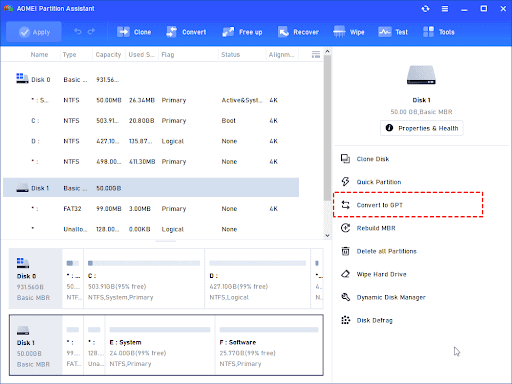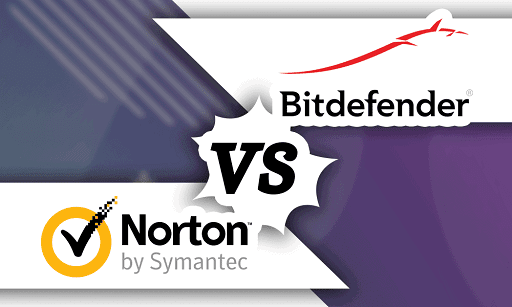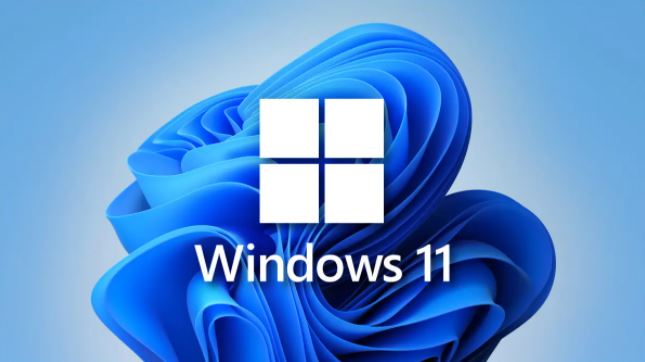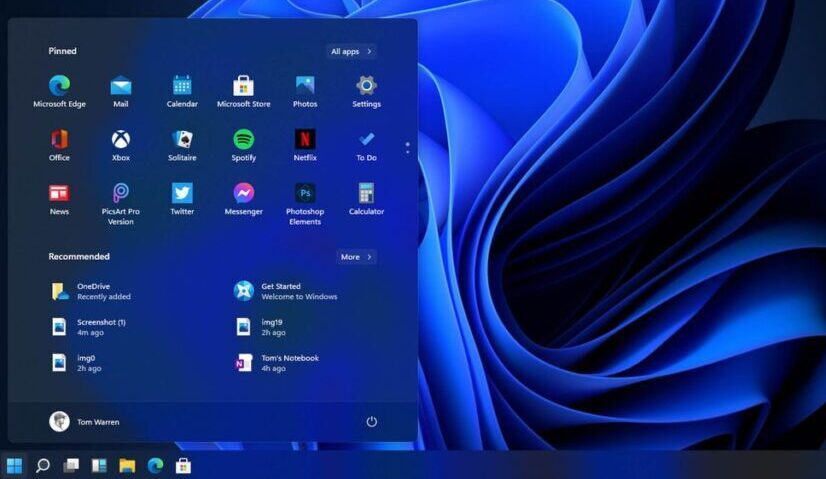How to Dual Boot Windows 10 and Linux: A computer that boots both Windows 10 and Linux can easily be the best of both worlds. Having easy access to either of the operating systems lets you enjoy the benefits of both. You can hone your Linux skills and enjoy the free software only available for Linux platforms. Or, you can switch back to Windows 10 to use apps like Photoshop, AutoCAD, or Microsoft Office.
The beauty of dual booting is that it lets each operating system take full advantage of your computer’s hardware resources. While virtual machines and the Windows Subsystem for Linux can give you a taste of the Linux experience, dual-booting lets you tap its full potential. In this guide, we will walk you through how to Dual Boot Windows 10 and Linux.
The good news is that Windows 10 and Linux live in harmony better than ever these days. Dual-booting Windows 10 and Linux used to be a precarious process that could wreck your Windows installation, your Linux installation, or both. While the process isn’t quite as smooth as dual-booting macOS and Windows with Boot Camp, it comes close. In this article, we’ll show you how to safely install Windows 10 and Linux on the same hard drive. It doesn’t matter if you’re starting with Linux or starting with Windows—dual booting is easy to set up either way.
Dual Boot Linux with Windows 10 – Linux Installed First
Let’s start with the (slightly) harder way first; you already have a copy of Linux installed, and you want to install Windows on a partition. The first step is to create the partition where Windows 10 will be installed. We have covered how to create partitions in Linux, so start by reviewing our article on doing that.
Once you have your partition set up, you will need to purchase Windows 10, download the ISO file then create a bootable copy. Creating a bootable copy of Windows 10 on Linux can be done using the free Unetbootin (USB thumb drive) or Brasero software to install from a DVD.
Create Bootable Windows 10 Install Media Using Unetbootin
Unetbootin can be downloaded from the Software Center in Ubuntu. Once you have it up and running, launch it. Make sure you are using a thumb drive with at least 8 GBs of free space.
Select the Disk Image radio box, click the browse button (represented by an ellipsis …), browse to the ISO file, then click Open. Chose the medium from the Type list box—in this case, your USB drive. Click on the drive list box, then select your USB thumb drive.
Note: If you are not offered the option to select your thumb drive, you need to format it using the FAT32 file system. Open the file manager, right-click the thumb drive, then click Format.
Click OK, then wait while the bootable copy is created.
When complete, click Exit.
You may also like: Download Windows 10 Offline ISO Files for Installations
Create Bootable Windows 10 Install Media Using Brasero
If you already made a bootable USB with Unetbootin, you can skip this part. If you are still using an old school system with a DVD drive, you can use the Brasero DVD Burning software, which you can download from the Software Center. Please keep in mind; Windows 10 ISO files are getting larger beyond the standard 4.7 GB DVDs. So, in some cases, you should use 8.5 GB dual-layer DVDs if supported by your drive. If you can’t, then you should use a USB thumb drive.
In Brasero, click Burn Image.
Select your disc image, make sure a blank DVD is inserted, then click Burn.
After preparing your install media, insert it or connect it. Reboot your computer, then configure your BIOS to boot from the drive. Windows 10 will boot into the setup as it normally does. After you arrive at the setup screen, click Custom: Install Windows only (advanced).
Make sure you select the right partition; don’t wipe out your Linux installation. Click Next, then wait while Windows 10 Setup copies files to the drive. Your computer will be rebooted several times.
When setup is complete, follow the instructions to complete the out-of-box experience.
After that’s complete, you might notice the obvious—there is no way to boot into Linux anymore. Here is how you fix that. Download a free utility called EasyBCD from Neo smart Technologies. Proceed to install EasyBCD, then launch it. Select the Linux/BSD tab. Click in the Type list box, select Ubuntu; enter the Linux distribution name, choose automatically locate and load, then click Add Entry. Reboot your computer.
You will now see a boot entry for Linux on the Windows graphical boot manager.
Dual Boot Linux with Windows 10 – Windows Installed First
For many users, Windows 10 installed first will be the likely configuration. In fact, this is the ideal way to dual boot Windows and Linux. Again, I will be using the Ubuntu Linux distribution. You can download the Ubuntu Linux ISO image from Canonical’s web page then create a bootable copy using Unetbootin for Windows or burn it to a blank DVD using a disc image in Windows 10.
After creating your install media, configure your BIOS to boot from it. Ubuntu’s installation wizard intelligently detects existing Windows installations. It will ask you if you would like to install Ubuntu alongside Windows.
At the Ubuntu install screen, click Install Ubuntu.
Choose whether you want to download and install updates, and third-party drivers and codecs, then click Continue.
Select the option Install Ubuntu alongside Windows 10, then click Continue.
Ubuntu’s installer will set a default allocation of space for the installation. If you have enough space, you can resize the partition by placing your mouse between the divider then drag it left or right to make adjustments. Once you are satisfied with the allocated amount for your Ubuntu installation, click Install Now.
- Click Continue to confirm changes.
- Click Continue again.
- Enter your time zone, then click Continue.
- Select your keyboard layout, click Continue.
Create your user account by providing your full name, computer name, login name, and password. Choose whether you want to log in automatically or be prompted for a password. You can also encrypt your home folder for extra security. Click Continue.
Wait while Ubuntu copies files. When complete, click Restart Now. Ubuntu will add a boot entry for Windows 10 to the GRUB boot manager, which you can select using the up or down arrow and then hitting Enter.
That’s it, Windows 10 and Ubuntu are now set up on your computer. Let us know what you think. If you have done this before, share some of your tips with us. By the way, what’s your favorite distro?
Would you like to read more about Windows-related articles? If so, we invite you to take a look at our other tech topics before you leave!










